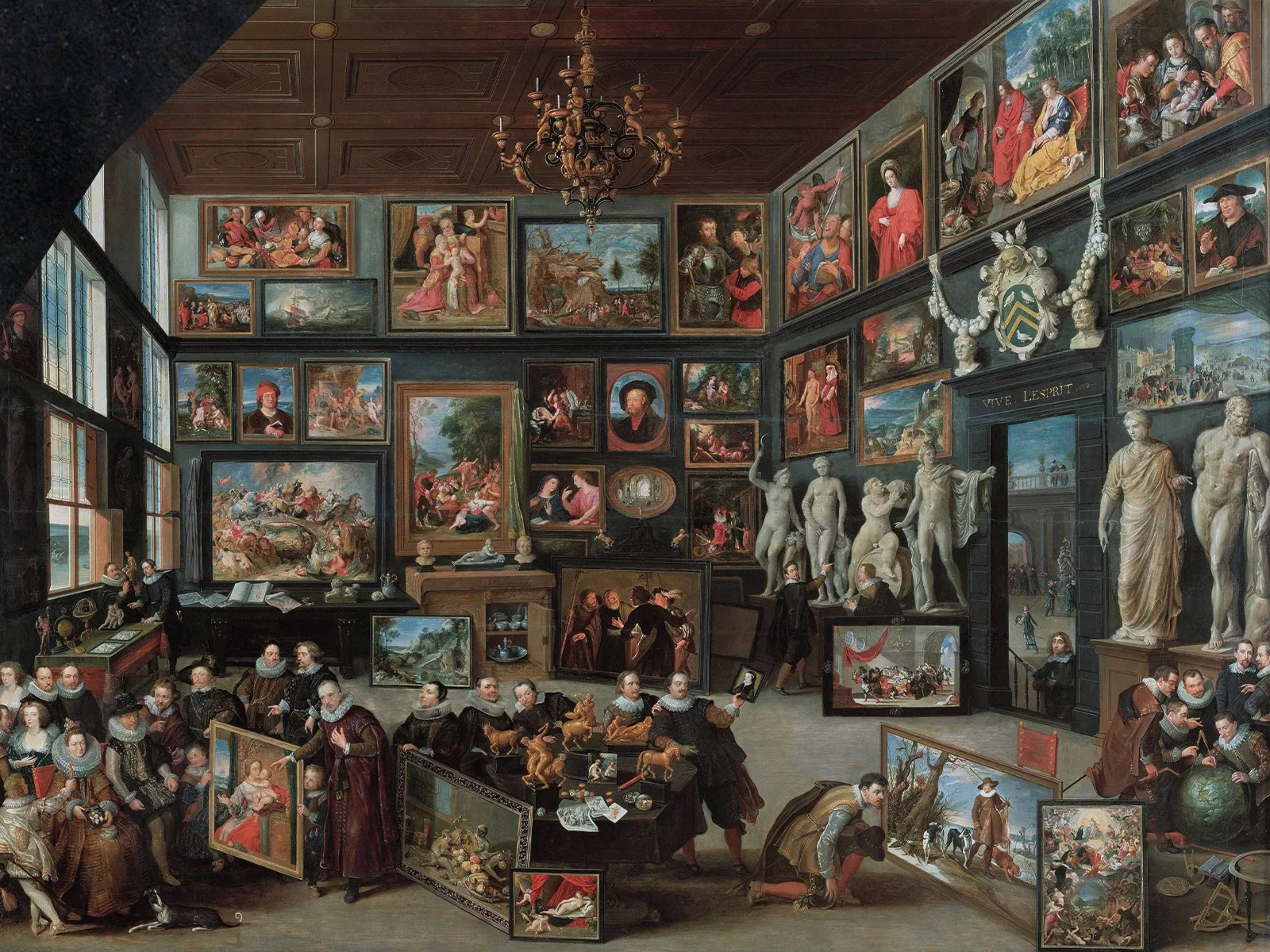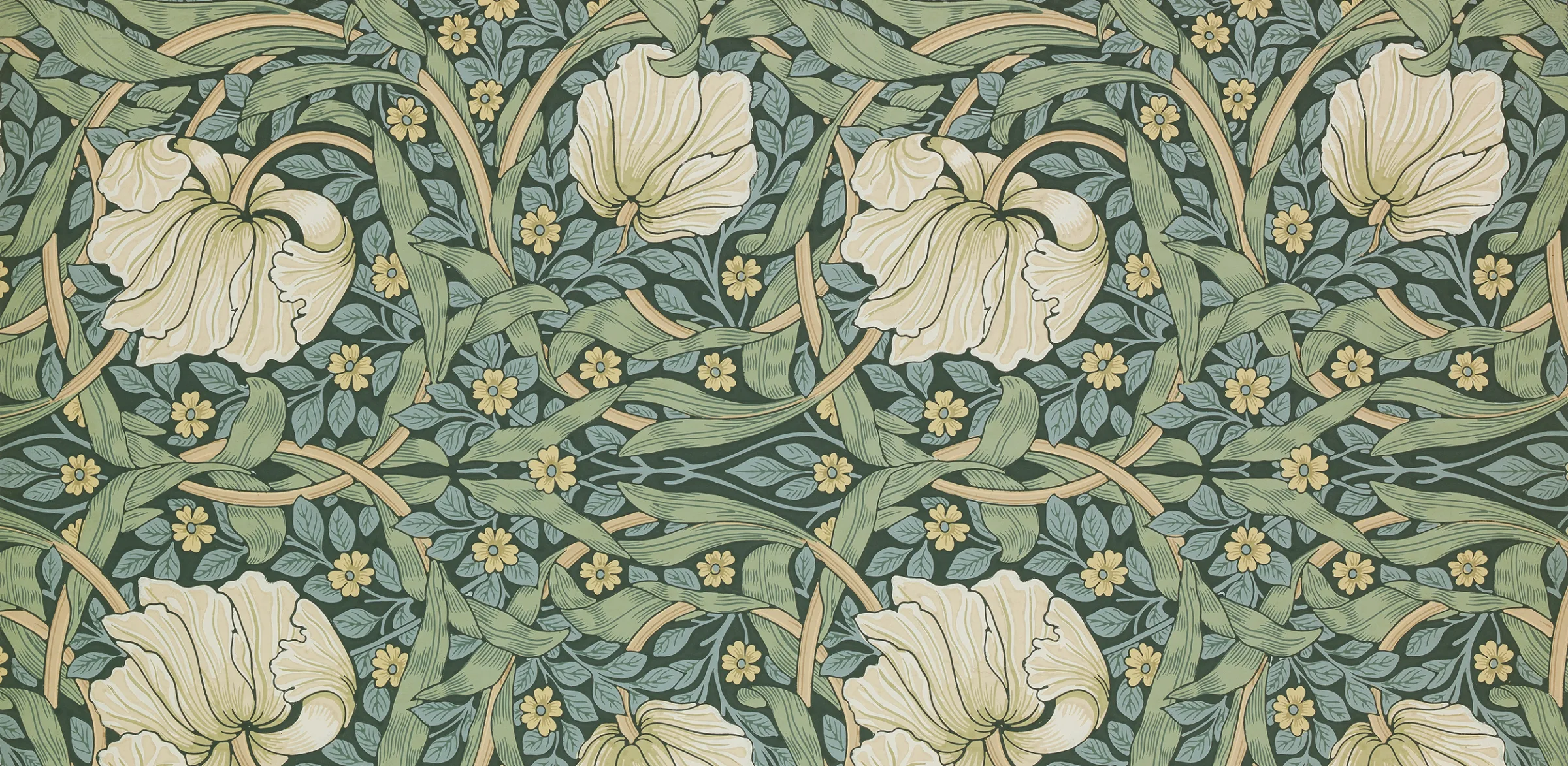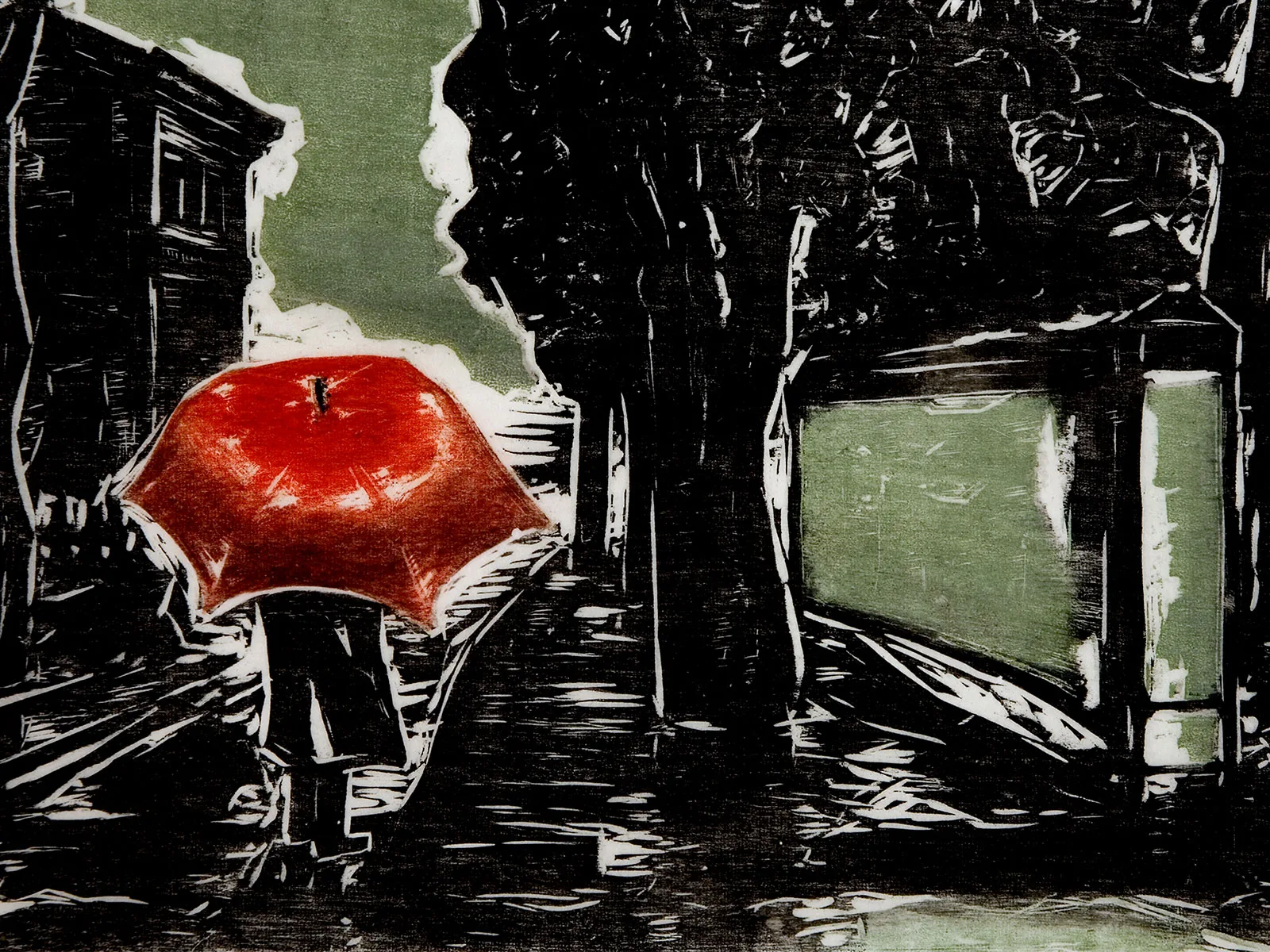
Between the ocean and the Alps
In Brazil, illustrator and graphic artist Oswaldo Goeldi is considered a master of the art of expressionist xylography – the art of engraving on wood. In Switzerland, the work of this Swiss-Brazilian dual national is yet to be discovered.
Father was a pioneer in Amazon research
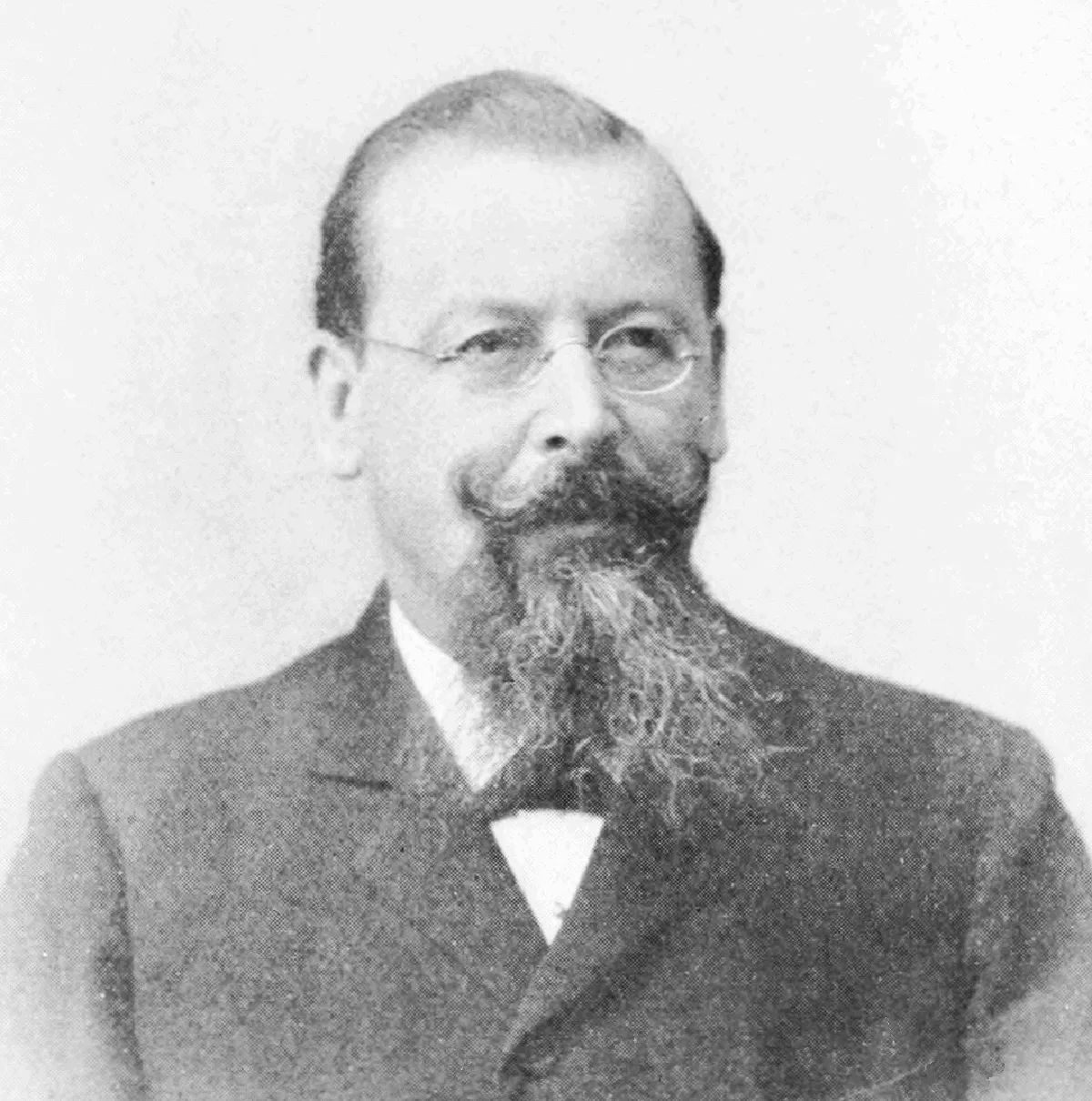
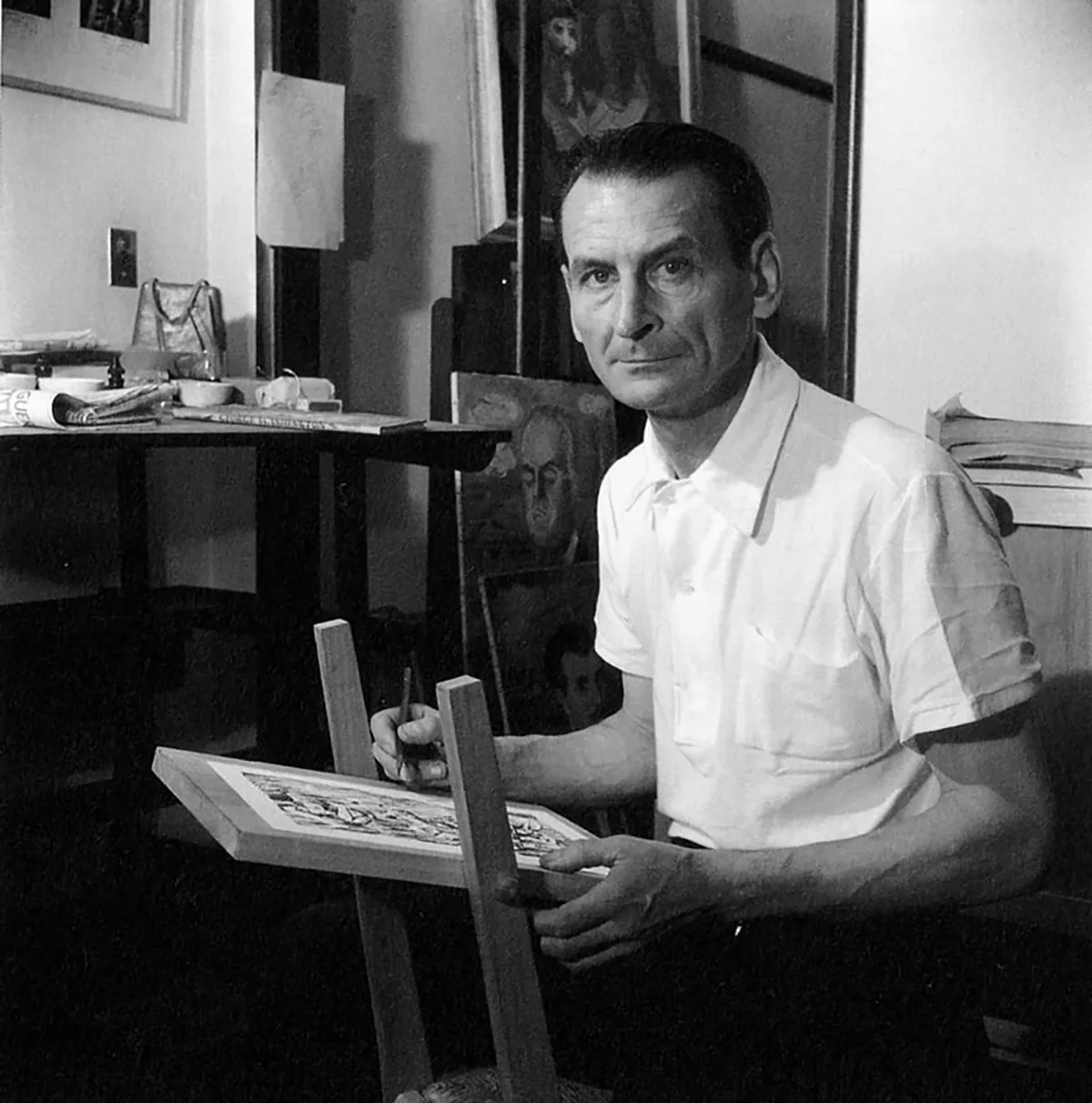
Between two worlds
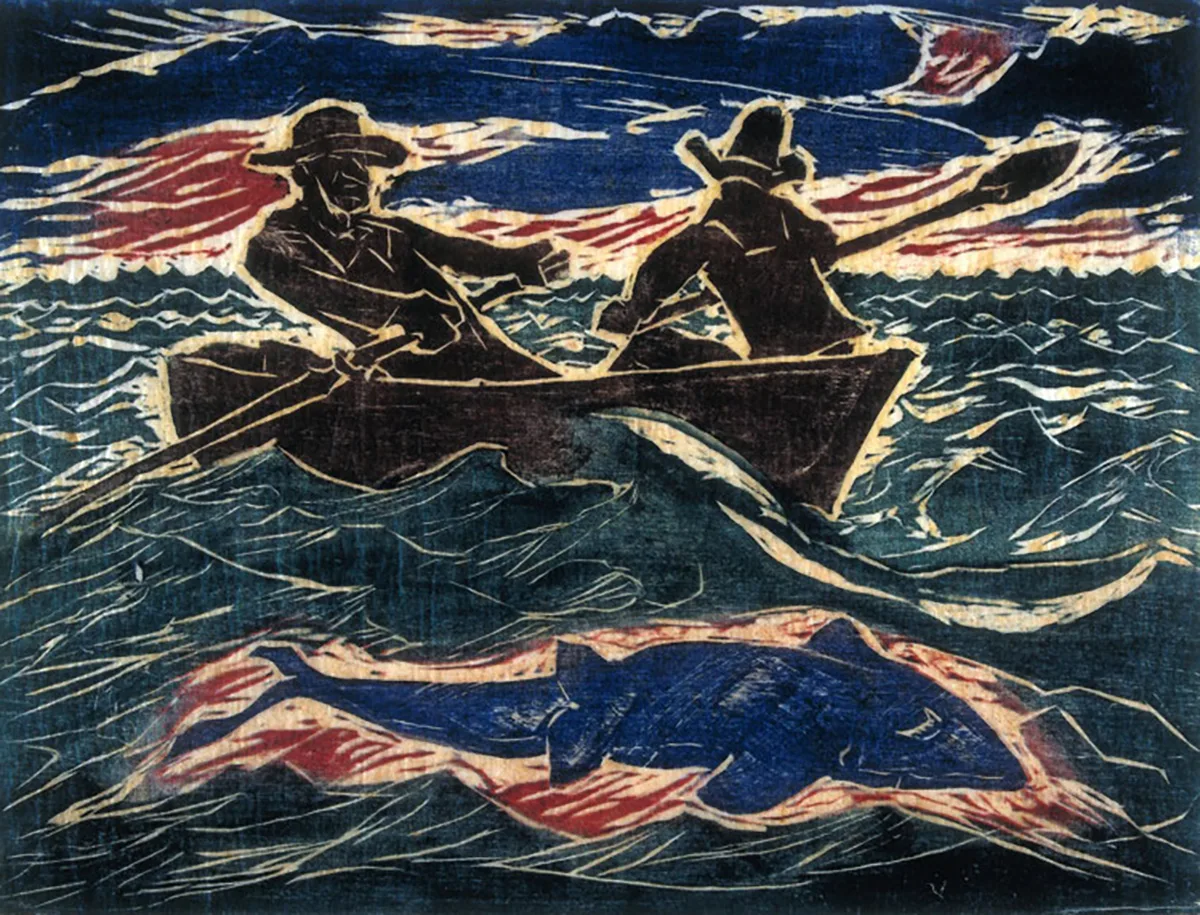
Unconventional – in life and in art



